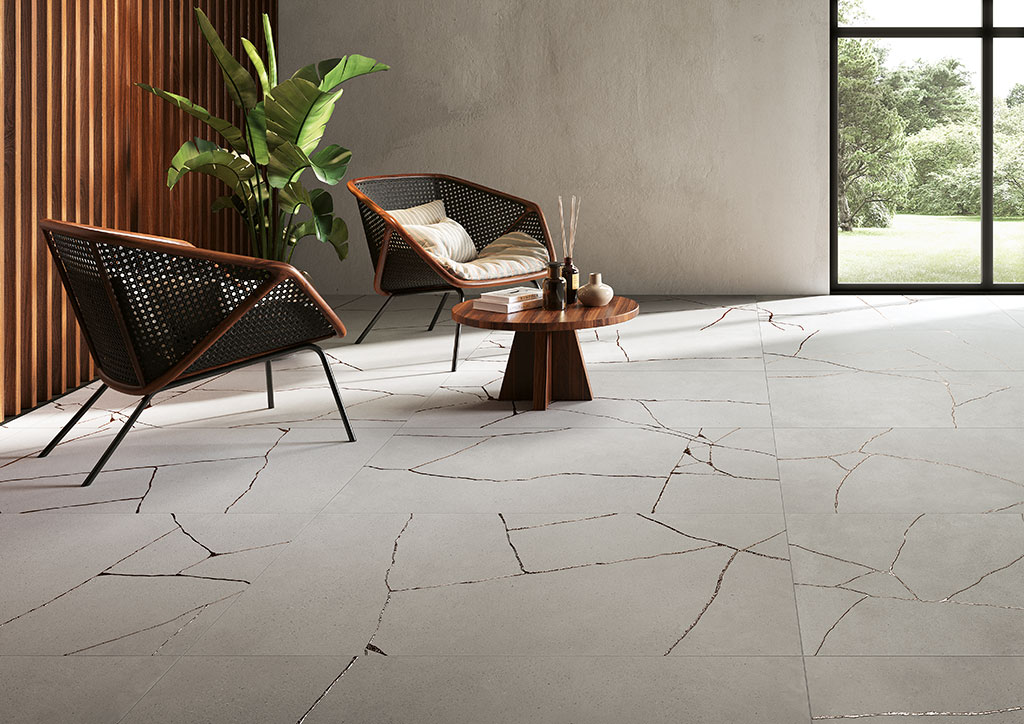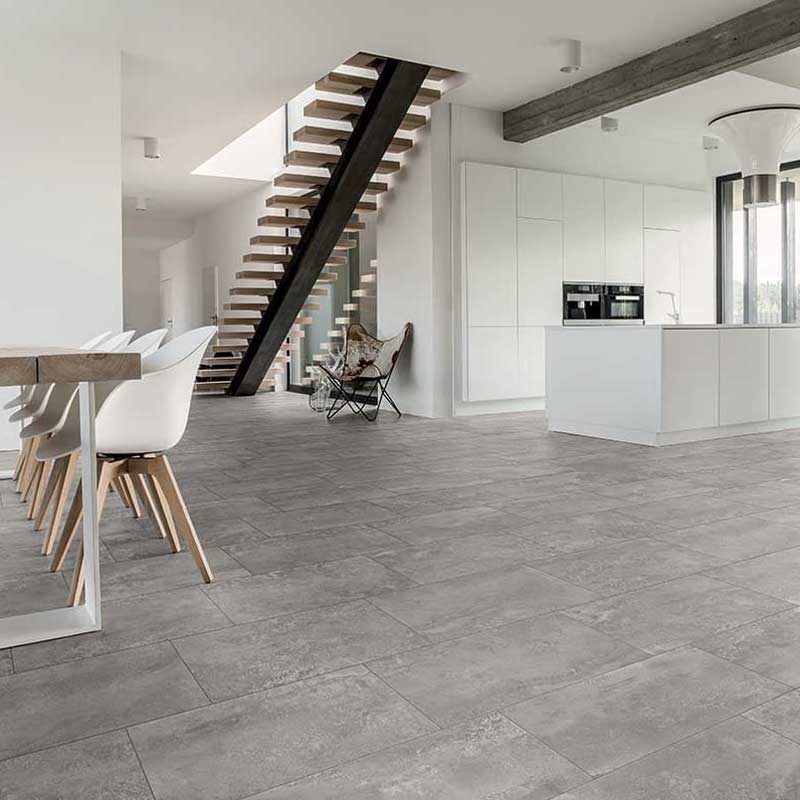In the dynamic landscape of design and innovation, the pursuit of fresh aesthetic ideas for surfaces is a constant. However, this quest is now intricately entwined with a growing emphasis on sustainability. The evolution of materials and designs is increasingly driven by the dual forces of meeting new performance standards and addressing the evolving needs of lifestyles. Central to this evolution are the production plants that breathe life into these materials and define their identities. The transformation of these production areas often becomes the crucible for genuine change.
We increasingly believe that the realm of surface design must consistently generate fresh aesthetic concepts. While innovation is heavily influenced by sustainability, it often caters to the demand for enhanced performance and evolving lifestyles, deriving its progress from production processes.
Production plants, defining material identities, play a crucial role in designing innovations, and genuine change often emerges from the transformation of these areas.
From both sustainability and broader perspectives, the production phase stands out as the pivotal stage in the entire life cycle of materials. It is also the phase where a company has the greatest control.
By employing renewable energy sources and cutting-edge technologies, companies can significantly reduce their environmental impact during the production phase. Key environmental indicators include raw material use (for waste reduction), water consumption, energy consumption, atmospheric emissions, production scrap generation, and noise emissions.
Advancing Sustainability Across Material Frontiers
In recent years, a wave of innovation has swept through the realm of construction materials, bringing forth a multitude of eco-friendly alternatives crafted from waste products. From textiles derived from recycled fishing nets to insulating materials produced from rice processing byproducts and pioneering lightweight decorative panels, the industry has witnessed a surge in sustainable options. Even mineral stalwarts like concrete have undergone a green evolution, now available in a recycled version with catalytic properties, promising groundbreaking potential for architectural applications.
The journey towards sustainability extends to traditional materials like timber and bricks, with both finding renewed purpose in contemporary construction. Timber, recognized for its rapid, dry, and safe construction qualities, not only contributes to swift property recouping but also aligns seamlessly with end-of-life recycling practices. Bricks, echoing their ancient construction legacy, have embraced innovation in the form of insulated versions for energy-efficient buildings and lightweight variations for diverse applications.
Plastics, once a pervasive environmental concern, are undergoing a transformation within the built environment. From durable and easily recyclable insulation materials to novel construction systems, plastics are carving out a more sustainable niche.
Ceramics, derived from minerals, stand out as stalwarts in the sustainable surface covering universe. As one of the best-performing options available, ceramics affirm their enduring status amid the ever-expanding landscape of environmentally conscious material choices. The collective evolution of these materials underscores a transformative shift towards sustainability, marking a decisive stride in creating a more eco-responsible and resilient built environment.
Harnessing Sustainability: The Environmental Advantages of Stoneware
Stoneware production emerges as a beacon of environmental responsibility, guided by its inherent strengths:
Natural Raw Materials: Stoneware production champions the use of natural raw materials with minimal environmental impact, aligning with a commitment to sustainability from the outset.
High-Quality, Low-Impact Processes: The production process of stoneware boasts both high quality and commendable environmental performances. This dual focus ensures that the creation of stoneware remains efficient and environmentally responsible.
Water Conservation: Stoneware production optimizes water usage, contributing to lower drinking water consumption. By employing conscientious water management practices, the industry minimizes its impact on this vital resource.
Efficient Scrap Handling: The production of stoneware generates minimal scrap and offcuts during processing, and any waste produced is systematically recycled. This efficiency in scrap management enhances the overall sustainability of the production cycle.
Longevity and Low Maintenance: Stoneware surfaces stand the test of time, boasting durability that minimizes the need for frequent maintenance. This longevity not only enhances the user experience but also contributes to a reduction in the overall environmental footprint.
Eco-Friendly Removal and Disposal: In the event of removal or disposal, stoneware exhibits a low environmental impact. The material’s eco-friendly characteristics extend to its end-of-life phase, aligning with responsible disposal practices and minimizing its impact on landfills.
Water: The Vital Element: Recognizing the significance of water, stoneware production strategically utilizes this fundamental ingredient. From forming the tile body to plant washing processes, water is integrated efficiently, emphasizing the industry’s commitment to sustainable practices at every stage.
In essence, stoneware not only embodies durability and quality in its products but also stands as a testament to the industry’s dedication to environmental stewardship. The holistic approach to production, from raw materials to waste management, positions stoneware as a sustainable choice in the pursuit of eco-friendly building materials.
Sustainable Foundations: The Mineral Origins and Low-Impact Processes of Porcelain Stoneware
At the heart of porcelain stoneware lies a commitment to a sustainable life cycle, commencing with the extraction and processing of raw materials. The manufacturing of stoneware slabs is grounded in the utilization of clays, feldspar sands, and quartz sands—elements abundant in the Earth’s crust and devoid of the risk of depletion, a distinguishing feature when compared to certain stone varieties.
Aligned with the regulatory frameworks of producer countries, meticulous plans for quarry extraction and remediation are implemented. These plans serve a dual purpose: preventing drastic alterations to the landscape and facilitating the rejuvenation of extensive areas through strategic reforestation initiatives. This conscientious approach ensures that the production of porcelain stoneware not only delivers exceptional products but also stands as a testament to responsible resource management, safeguarding the environment for generations to come.





